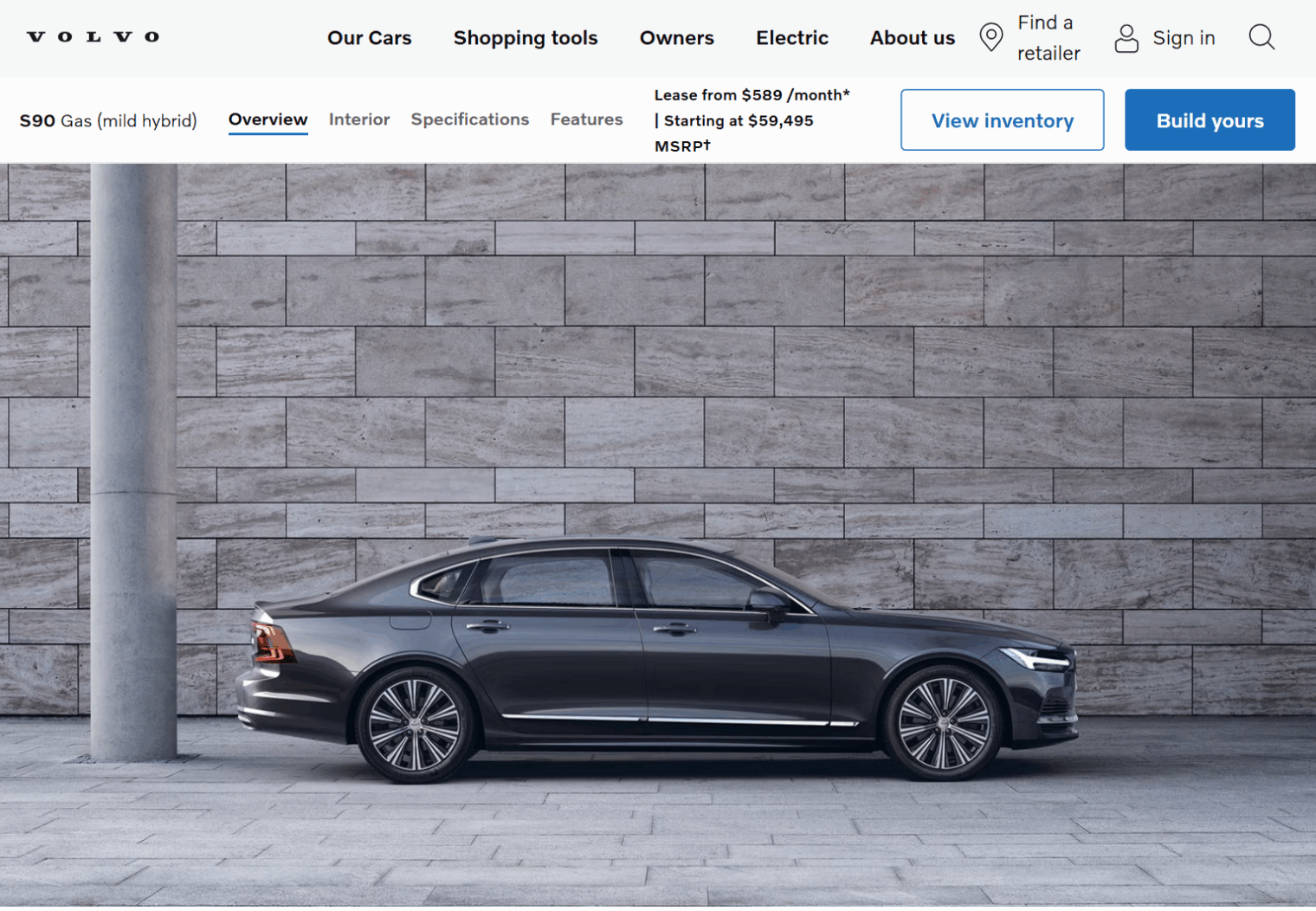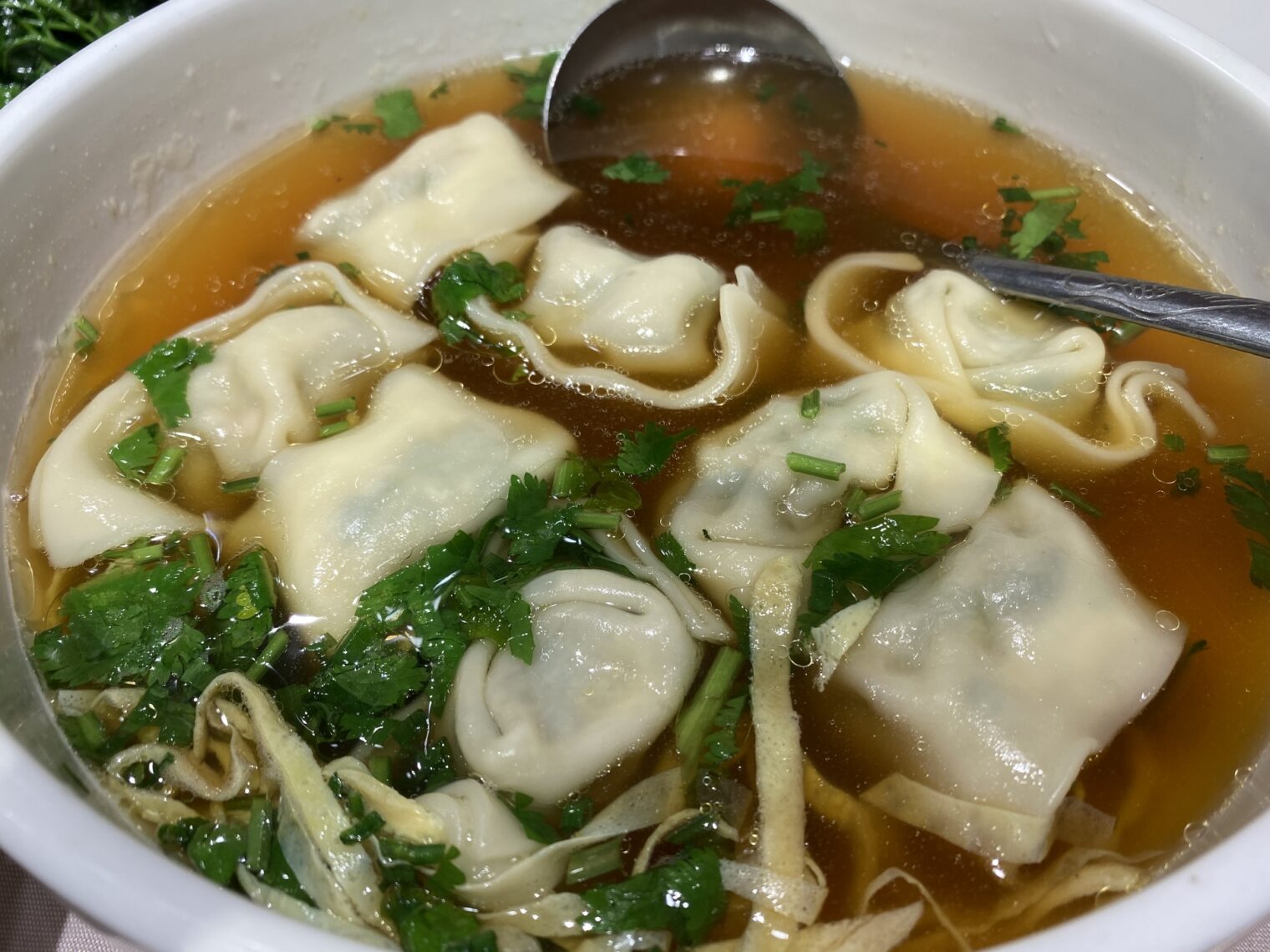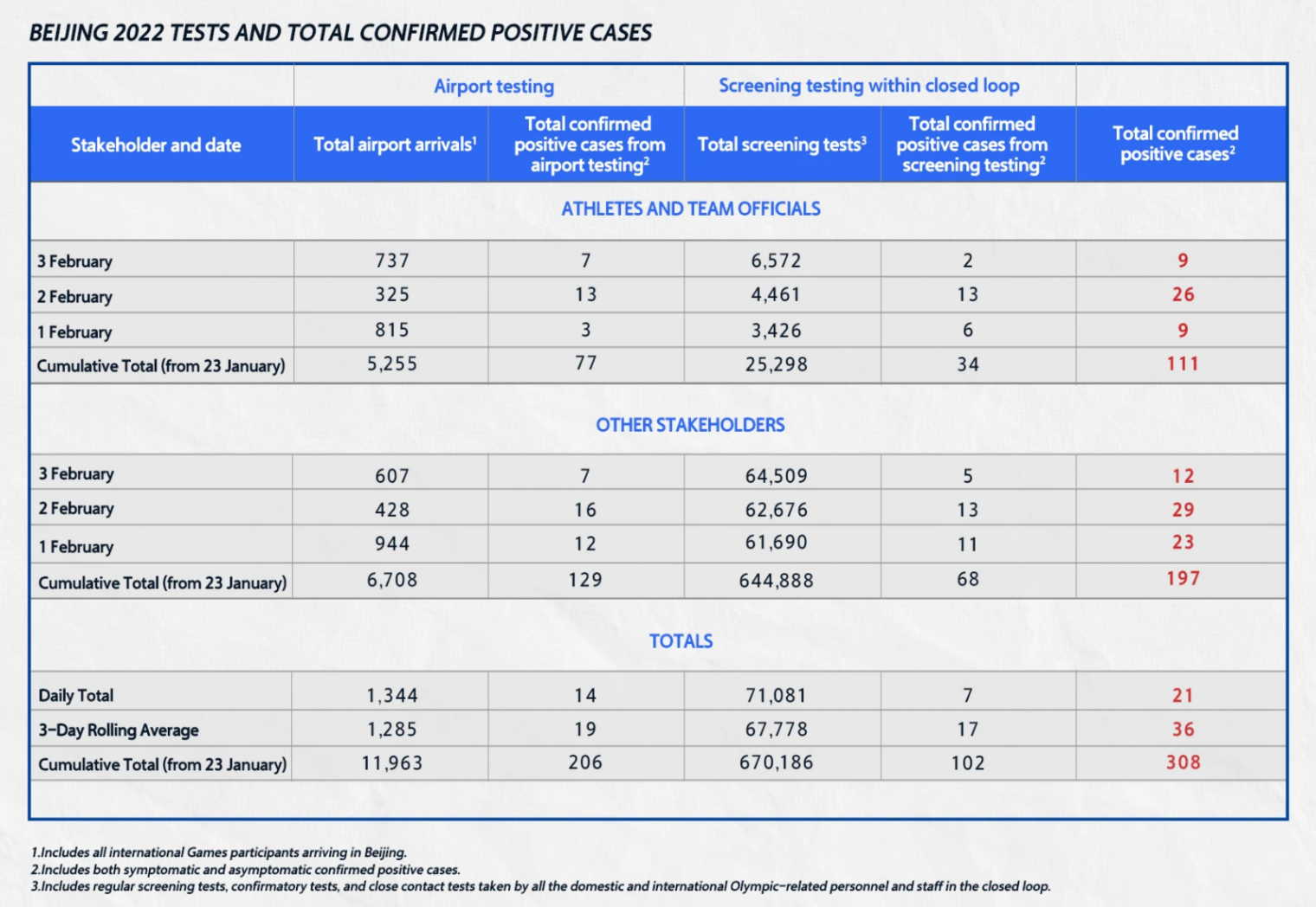Apple in China book: what China can do with everything it has learned from Tesla and Apple
A third post about Apple in China: The Capture of the World’s Greatest Company by Patrick McGee… (see Apple in China book, Intro and Apple in China, the rise of iPod)
The book’s big theme is that Apple taught the Chinese everything that they now know about making high-end electronics. The author says that Tesla did something similar:
As The Economist later put it: “For all its manufacturing might, China never mastered internal-combustion engines, which have hundreds of moving parts and are tricky to assemble.” Electric vehicles changed the game. But more specifically, Tesla did. China’s ambition in electric vehicles goes back to around 2001, and with hefty government incentives, EVs became embedded in the public transportation system about a decade later. The sector had been so awash in incentives and subsidies that Shenzhen alone had 17,000 electric buses at a time when all of Europe and North America had practically none. Consumers who purchased EVs were often able to get a free license plate, which are otherwise tightly controlled and sold at auction. Despite all this support, EVs and plug-in hybrids together accounted for just 4.8 percent of the new car market in 2019. Tesla broke ground on the Shanghai Gigafactory in December 2018; by late 2019 China-made Model 3 vehicles were coming off the production line. Immediately they were a massive hit, and the Tesla Model 3 was China’s bestselling EV in 2020. Chinese consumers “didn’t want to buy anything being manufactured by Chinese brands; they all wanted Tesla,” says Parikh. “As soon as Tesla came, there was a paradigm shift from consumers, and that’s something the Chinese government saw. This was an opportunity to have the entire EV industry in China compete with, and learn from, Tesla.”
Tesla’s investment in China has worked out brilliantly for China’s EV sector, with quality improving across the board. The share of EVs and plug-ins soared from under 5 percent in 2019 to 38 percent in 2023. And the investment has certainly worked out well for Tesla: Shanghai now accounts for half of the company’s global production. But there are longer-term uncertainties and unanswered questions. “In this game, one American company—Tesla in cars and Apple in phones—gets to win,” says another former Tesla executive. “They don’t care if all their US competitors lose. It’s actually better for them. But on the other side, all the Chinese companies win. They all get to step up and create a massive market where none previously existed.”
What’s the potential downside?
Over the coming year, the onslaught from Huawei would be intense. China’s national champion increased its share of the local market from 20 percent in the first half of 2019 to 27 percent in the second half, and then to 29 percent in early 2020. It began outselling the iPhone three to one in China, particularly threatening because it was taking a bite out of Apple’s luxury dominance. In China’s “premium market”—phones priced between $600 and $800—Huawei share soared from 10 percent in early 2018 to 48 percent a year later, causing Apple’s share to fall from 82 percent to 37 percent. Apple’s hold in the “super premium” market—phones priced above $800—was still impressive, at 74 percent, but it had fallen from 90 percent a year earlier. If Huawei’s success had been confined to China, the damage would’ve been limited. But in 2019 the Chinese brand overtook Apple sales globally. It shipped 238.5 million phones—more phones than Apple had shipped even in its peak year of 2015. The student, as they say, had become the master.
Chinese brands had accounted for just 23 percent of global smartphone shipments in 2013, the year of Apple’s political awakening. But their share surpassed 50 percent in 2020. Brands led by Huawei, Xiaomi, and Vivo gave Chinese companies, in 2022, a cumulative market share in both China and Russia of 79 percent; in Indonesia, 73 percent; in India, 66 percent, per Counterpoint Research. In fact, Samsung and Apple were the only two sizable non-Chinese companies still making smartphones. Taiwan’s HTC, Korea’s LG, Canada’s BlackBerry, and Finland’s Nokia were all basically gone; Motorola was now owned by China’s Lenovo; and global sales of Google Pixel were so low as to be subsumed into the “other” category.
Who saved Apple and its 2SLGBTQQIA+ CEO? A purported threat to the 2SLGBTQQIA+ community:
How Apple got out of this mess was a surprising twist, the stuff of novels. Donald Trump had ascended to the US presidency threatening Apple; instead, he saved it. In May 2019 the Trump administration alleged Huawei was a security threat, citing alleged ties with the Chinese government and the potential for its communications equipment to be used for espionage or cyberattacks. It soon imposed unprecedented sanctions, depriving Huawei of Google services, including the Play Store, Gmail, YouTube, and other Android tools—a crippling blow for Huawei phones distributed outside of China. Washington also disallowed American companies from shipping fifth-generation cellular chips to the group.
Apple was suddenly the only game in town for premium 5G phones. Huawei’s share of the Chinese market plummeted from a peak of 29 percent to just 7 percent; Apple filled the void, its China share near doubling from 9 percent to 17 percent.
The book notes how helpful Apple has been to the Chinese government in maintaining the Great Firewall. It also describes how Tim Cook, a brave warrior in U.S. politics (see Guy with a “Whites Only” sign in his conference room tells others not to discriminate from 2015, for example) knows when to say nothing:
Tim Cook’s mind in early December 2022 when he was confronted by a reporter on Capitol Hill, en route to meeting privately with senior lawmakers. “Do you support the Chinese people’s right to protest? Do you have any reaction to the factory workers that were beaten and detained for protesting COVID lockdowns?” asked Hillary Vaughn of Fox News as Cook walked through the building. “Do you think it’s problematic to do business with the Communist Chinese Party when they suppress human rights?” Cook ignored Vaughn, eyes cast downward as he changed direction to avoid her. One supply chain executive characterized the confrontation as “the worst forty-five seconds of Cook’s career.” But his biggest, most astute critic might have been… himself. In 2017, explaining why corporate executives should be more up-front about their values and “lead accordingly,” Cook had told journalist Megan Murphy that “silence is the ultimate consent.” He went on: “If you see something going on that’s not right, the most powerful form of consent is to say nothing. And I think that’s not acceptable to your company, to the team that works so hard for your company, for your customers, or for your country. Or for each country that you happen to be operating in.” The forty-five-second clip of Cook ignoring questions about China played repeatedly on US cable news. Cook’s silence—his ultimate consent—was highly indicative of just how beholden America’s most valuable company had become to an authoritarian state.
When in 2019 the company rolled out Apple TV+, its Netflix-style streaming service, software and services head Eddy Cue issued just two directives to Apple’s content partners: no hard-core nudity and “avoid portraying China in a poor light.” … Apple TV+ isn’t even available in China, but Cupertino understands the country well enough to know when and how to self-censor.
With Tim Cook and Apple doing whatever China wants, what risks remain for the company? According to the author, Huawei’s innovations in hardware and in building its own operating system (HarmonyOS) may enable Huawei to wipe out Apple in what is currently a huge and lucrative Chinese market.
This will be my last post about Apple in China: The Capture of the World’s Greatest Company. I’ve left out a huge section regarding the rise of Apple’s business in China, e.g., the Apple Stores that it opened. It’s worth reading, but China is so different from the rest of the world that I can’t think of any practical value for knowing this history.
Full post, including comments














